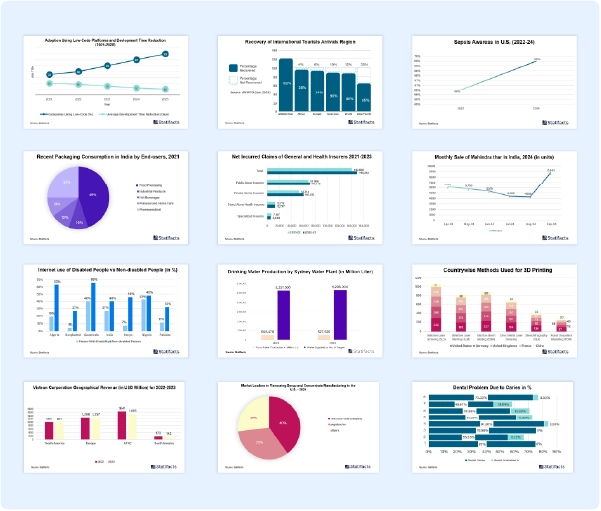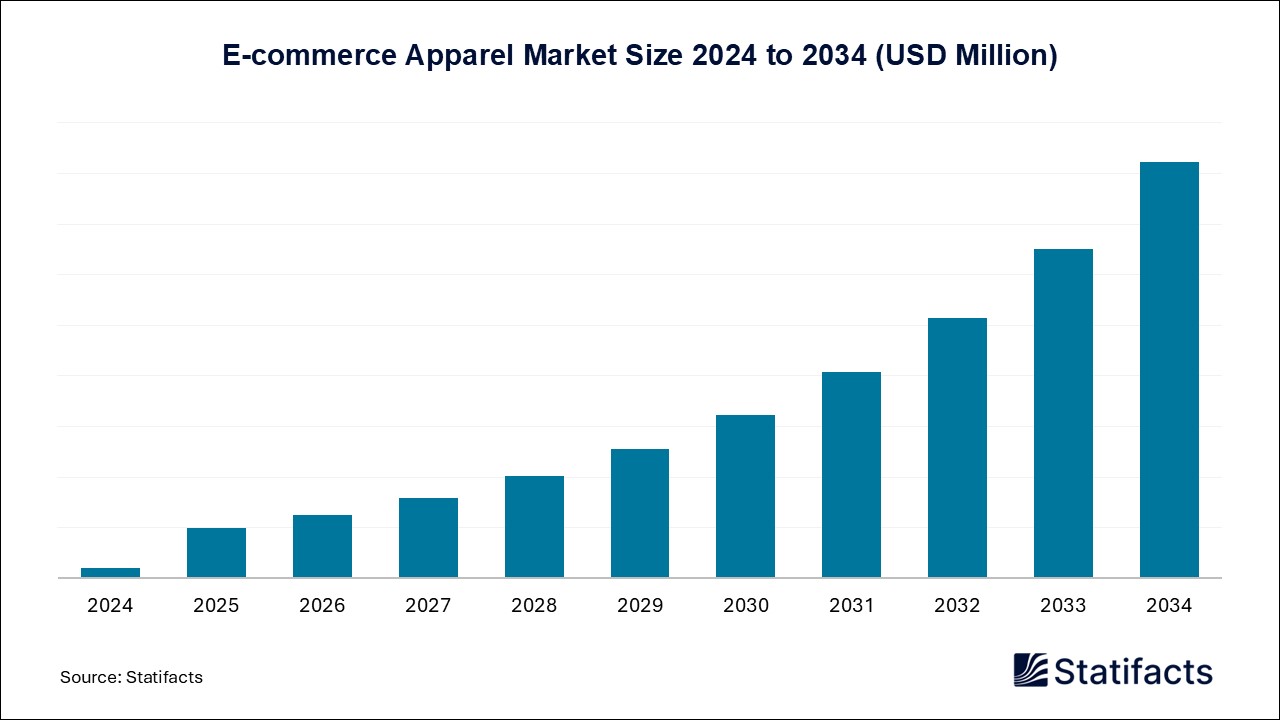

Our customers work more efficiently and benefit from
The U.S. wearable medical device market size was estimated at USD 11,720 million in 2024 and is projected to be worth around USD 1,20,090 million by 2034, growing at a CAGR of 26.2% from 2025 to 2034.
The U.S. wearable medical device market refers to the production, distribution, and application of wearable medical devices, which are devices that are autonomous, non-invasive, and that perform a specific medical function like monitoring or support over a prolonged period. The term wearable implies that the device is either supported by the human body or clothing. Wearable technology refers to devices that patients attach to their bodies to collect health and fitness data, which they may provide to doctors, health providers, insurers, and other relevant parties.
Examples include biosensors, blood pressure monitors, and fitness trackers. Wearable devices hold immense potential for early disease detection and prevention. By continuously monitoring key health metrics, these gadgets can pick up subtle changes that might otherwise go unnoticed. These advanced devices offer personalized health tracking, allowing users to monitor vital signs, physical activity, and sleep patterns continuously. By providing real-time data, wearables facilitate early detection of potential health issues, allowing for timely interventions and preventive measures. Wearable medical device benefits include reducing healthcare costs, personalizing healthcare costs, supporting chronic disease management, detecting potential health issues early, increasing access to healthcare data, and improving real-time health monitoring.
Rising disposable income and healthcare expenditure in emerging countries are driving the growth of the U.S. wearable medical device market. More disposable income means a higher level of living. It makes it possible for people to enjoy higher-quality goods and services. Healthcare spending can enhance human development through many channels of economic growth, enhance labor productivity, reduce mortality, and encourage people to engage more in the learning and education process. Healthcare expenditure on wearable medical devices improves health outcomes. Healthcare expenditure includes all expenditures for the provision of health services, family planning activities, nutrition activities, and emergency aid designated for health. Health financing is a critical component of health systems. Healthcare expenditure can result in better provision of health opportunities, which can strengthen human capital and enhance productivity.
Technological advancement in wearable devices is driving the growth of the U.S. wearable medical device market. Wearable technology can increase employee productivity by increasing the employee’s engagement and efficiency. Wearable technology provides us with the ability to monitor our fitness levels, track our location with GPS, and view text messages more rapidly.
Wearable technology is transforming health monitoring. Recent advances in software, communication, hardware, sensation technology, computation, and AI have allowed the current generation of wearables. It is driving significant advancement in how we monitor and interact with our bodies. For example, wearable electrochemical glucose sensors have transformed diabetes management by providing real-time tracking of glucose levels. Location-based and GPS services are also making waves in wearable app development. GPS technology can drive the future development of wearable apps. Wireless capability is typically achieved through battery, Bluetooth, or NFC, making these devices convenient and portable as a type of wearable technology.
The growing prevalence of chronic diseases is driving the growth of the U.S. wearable medical device market. Wearable devices have become crucial in managing diabetes, offering real-time monitoring and feedback to patients and healthcare providers. These devices include smartwatches, CGMs, and fitness trackers, providing data on blood glucose levels, physical activity, and other vital parameters. Fitness trackers offer specific health metrics that aid in chronic disease management. Wearable biosensors, like continuous glucose monitors and ECG patches, cater to conditions like cardiovascular diseases and diabetes, allowing real-time monitoring.
According to the Consumer Technology Association, as home health products and therapies become more common, patients can gain confidence in using them. Research indicates a strong satisfaction with the following digital health solutions among consumers who use them.
Published by Sanket Gokhale
By Distribution Channel
For any questions about this dataset or to discuss customization options, please write to us at sales@statifacts.com
| Stats ID: | 7966 |
| Format: | Databook |
| Published: | February 2025 |
| Delivery: | Immediate |
| Price | US$ 1550 |


| Stats ID: | 7966 |
| Format: | Databook |
| Published: | February 2025 |
| Delivery: | Immediate |
| Price | US$ 1550 |

You will receive an email from our Business Development Manager. Please be sure to check your SPAM/JUNK folder too.

Unlock unlimited access to all exclusive market research reports, empowering your business.
Get industry insights at the most affordable plan
Stay ahead of the competition with comprehensive, actionable intelligence at your fingertips!
Learn More Download
Download
